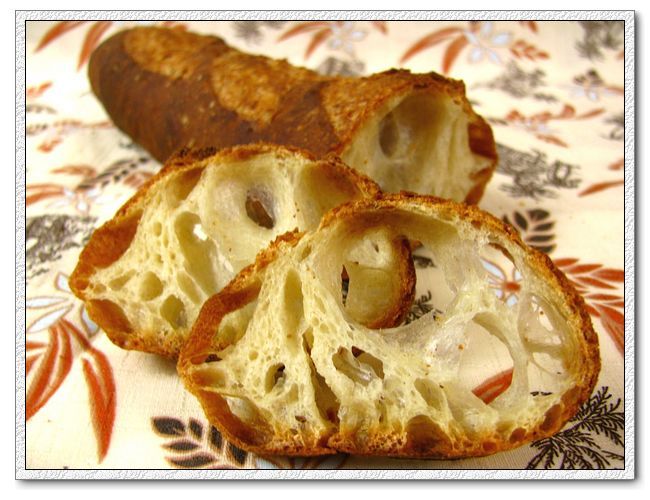New to Milling
I have a wolfgang mill and would like to know if I would be losing
much nutritional value by milling 5 pounds of wheat at a time and keeping it
in an air tight refrigerated container. Is there anything I should be aware of
before I do it ?... It would be used up in about two weeks and much more
convenient for me.
Thanks
- Log in or register to post comments
- View post
- zpak's Blog
